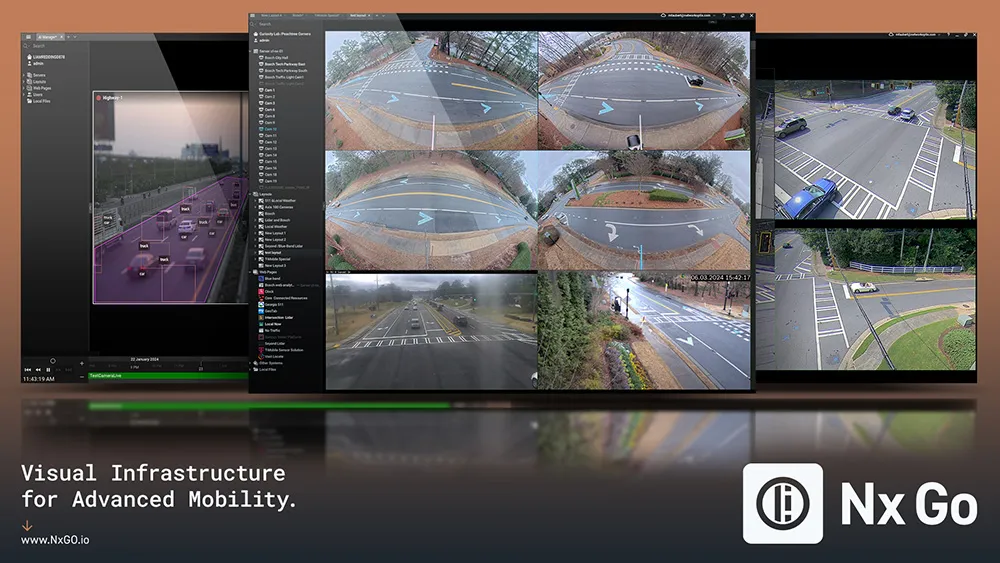Tolling as a Service (TAAS) VeriToll has launched CrowdToll, a crowdsourced image review technology that aims to cut image review costs by more than half while achieving higher levels of accuracy and a quicker turnaround.
VeriToll is currently in the middle of its second pilot program with two more in the pipeline in order to fully validate its technology prior to an initial industry offering.
Leveraging the sharing economy as Uber, AirBNB and Etsy do, CrowdToll's crowdsourced reviewer pool exists 24/
November 14, 2016
Read time: 2 mins
Tolling as a Service (TAAS) VeriToll has launched CrowdToll, a crowdsourced image review technology that aims to cut image review costs by more than half while achieving higher levels of accuracy and a quicker turnaround.
VeriToll is currently in the middle of its second pilot program with two more in the pipeline in order to fully validate its technology prior to an initial industry offering.
Leveraging the sharing economy as8336 Uber, AirBNB and Etsy do, CrowdToll's crowdsourced reviewer pool exists 24/7 and has the potential to become an image reviewer for this near-unlimited pool. With the ability to scale resources, VeriToll claims the model provides a performance boost, allowing several additional review passes at a lower cost point, offering unlimited scalability, better performance and lower cost.
According to VeriToll CTO and co-founder Joseph Silva, the company’s first pilot validated the ability to process tens of thousands of images in under one hour by utilising hundreds of reviewers in one review channel.
VeriToll also says the system has the ability to support the toll enforcement mechanisms required for pay-to-drive mechanism such as GPS tolling and mileage-based user fees.
VeriToll is currently in the middle of its second pilot program with two more in the pipeline in order to fully validate its technology prior to an initial industry offering.
Leveraging the sharing economy as
According to VeriToll CTO and co-founder Joseph Silva, the company’s first pilot validated the ability to process tens of thousands of images in under one hour by utilising hundreds of reviewers in one review channel.
VeriToll also says the system has the ability to support the toll enforcement mechanisms required for pay-to-drive mechanism such as GPS tolling and mileage-based user fees.









